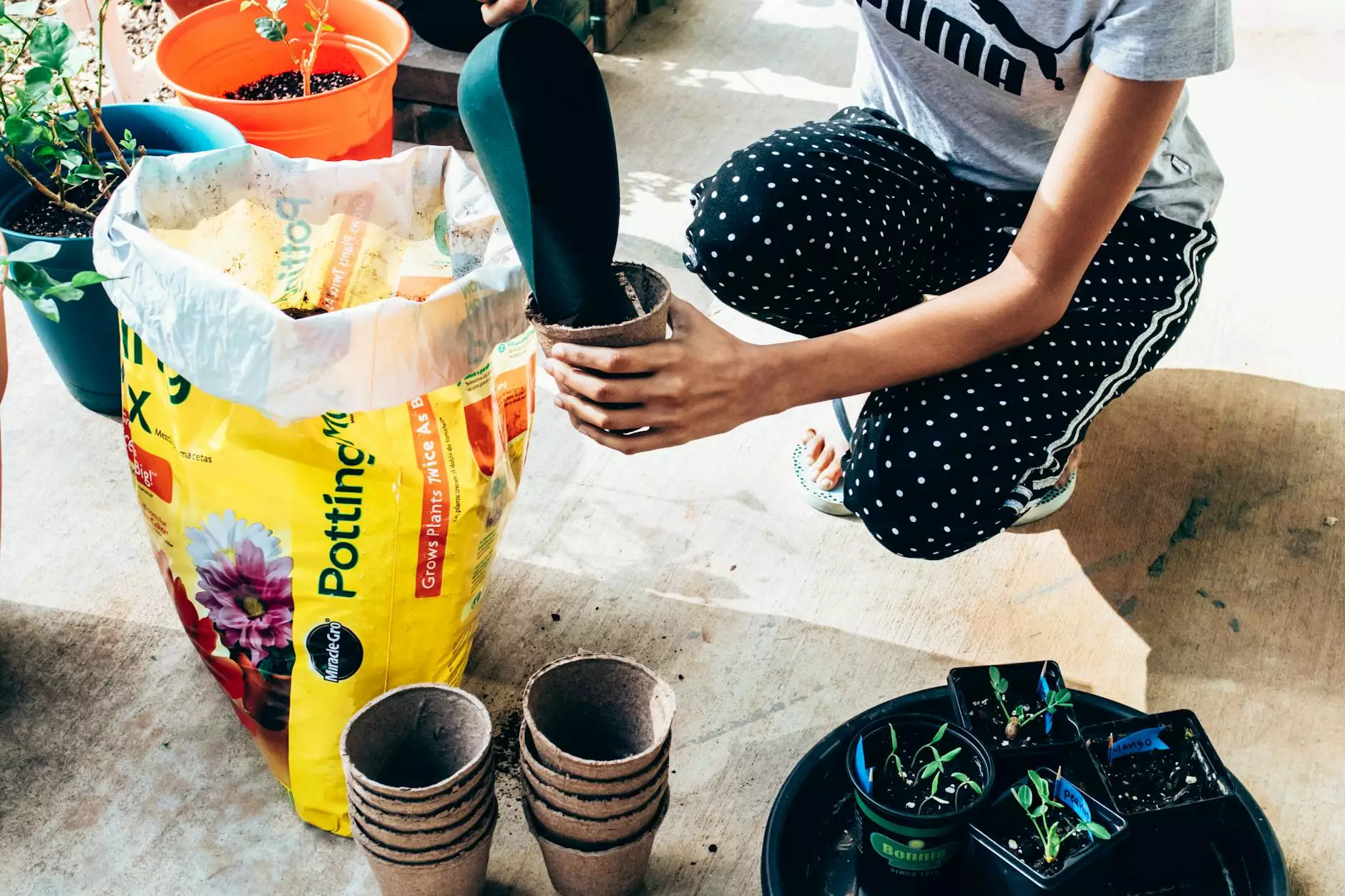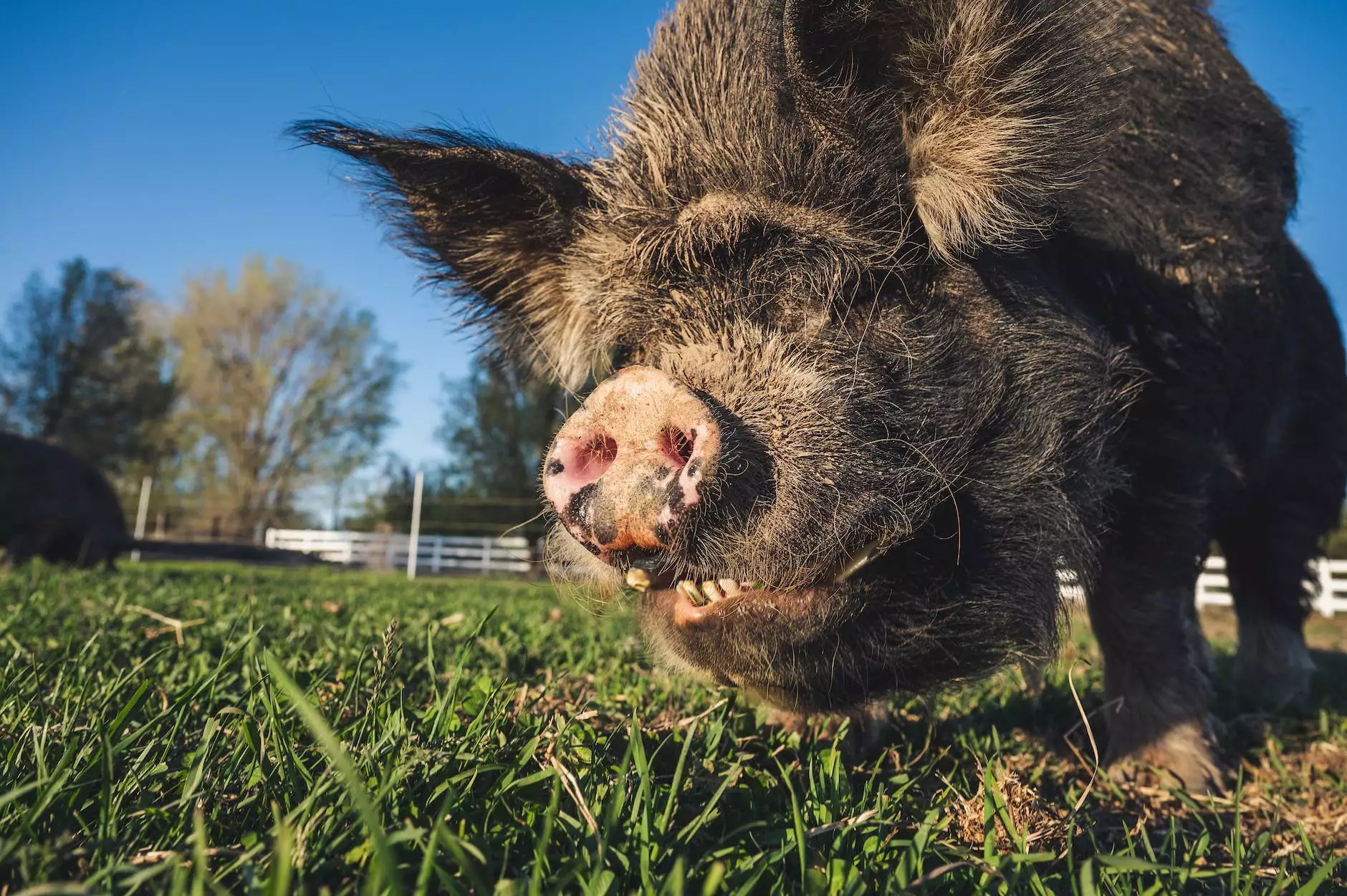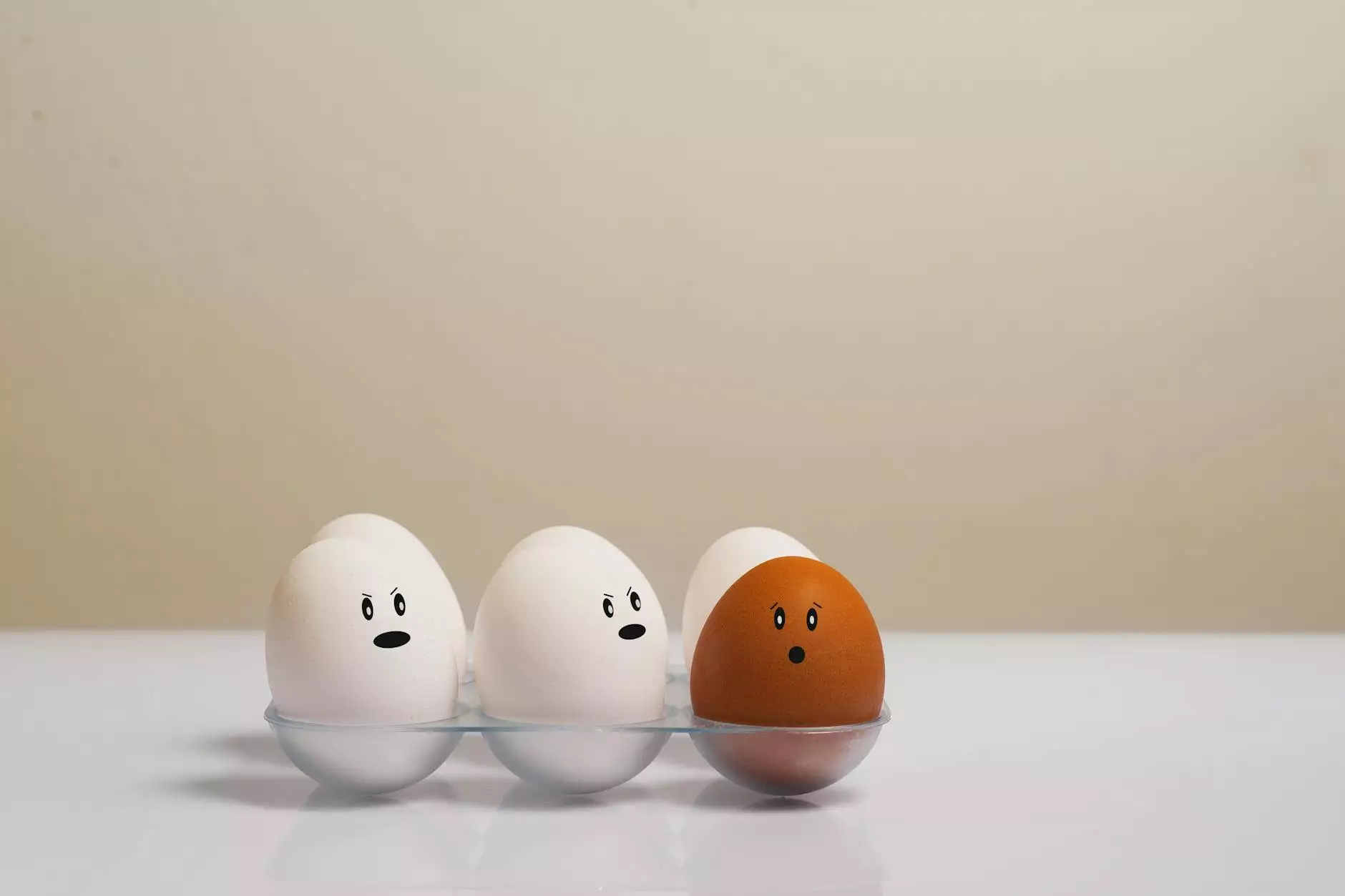February: Preparing for the Spring Garden
About
Introduction
Welcome to Pollen Bank, your trusted platform for all your gardening needs. In this guide, we will explore the best practices and tips for preparing your garden during February to ensure a beautiful and bountiful spring harvest. Whether you are a seasoned gardener or just starting out, we have the information you need to make your garden thrive.
The Importance of Preparing in February
February is a crucial month for garden preparation, as it marks the transition from winter to spring. By starting early, you can get a head start on your garden and ensure optimal growth and productivity. Proper planning and preparation in February will set the stage for a successful gardening season ahead.
Choosing the Right Plants
When it comes to selecting plants for your February garden, it's essential to consider your USDA hardiness zone. Different regions have different climate conditions, and selecting plants that are suited to your zone will increase your chances of success. Research which plants are best suited for your area during this time of the year and create a list of those you'd like to grow.
Preparing the Soil
Healthy soil is the foundation of a thriving garden. Start by clearing any debris, weeds, or remnants from previous seasons. Incorporate organic matter such as compost or well-rotted manure to improve soil structure and fertility. Test your soil pH levels and adjust accordingly, as different plants have different acidity requirements. By amending your soil now, you'll provide the necessary nutrients for optimum plant growth in the coming months.
Pruning and Trimming
February is an ideal time to prune and trim your existing plants. Remove any dead or damaged branches to promote healthy growth. For fruit trees, pruning can help shape the tree and encourage more abundant fruit production. Proper pruning techniques will also improve airflow and reduce the risk of disease. Consult gardening resources or seek advice from local experts to learn the best practices for your specific plant varieties.
Seeding and Planting
While many gardeners wait until spring to start sowing seeds, there are several cool-season crops that can be planted directly in the ground during February. Vegetables like lettuce, kale, spinach, and radishes thrive in cooler temperatures and can be planted early. Additionally, starting seeds indoors for warm-season crops like tomatoes and peppers will give them a head start before transplanting them outside when the weather becomes more favorable.
Protecting from Frost and Cold Snaps
Depending on your region, February can still bring occasional frost or cold snaps. Take precautions to protect your plants from the elements. Covering delicate plants with frost blankets or using protective structures like cold frames can shield them from damage. Monitor the weather forecast regularly and take necessary actions to ensure the well-being of your garden.
Maintenance and Care
Gardening is an ongoing process, and proper maintenance is essential for sustained growth and productivity. Throughout February, continue to monitor soil moisture levels, water your plants as needed, and weed regularly. Mulching around plants can help retain moisture and suppress weed growth. Stay vigilant and promptly address any signs of pests or diseases to prevent them from spreading.
Conclusion
February is an exciting time for gardeners, as it prepares us for the arrival of spring and the abundance it brings. By following these tips and best practices, you will ensure a successful and fruitful gardening season. At Pollen Bank, we are here to support your gardening journey with our wide range of high-quality food and supplement products. Happy gardening, and may your spring garden thrive!









